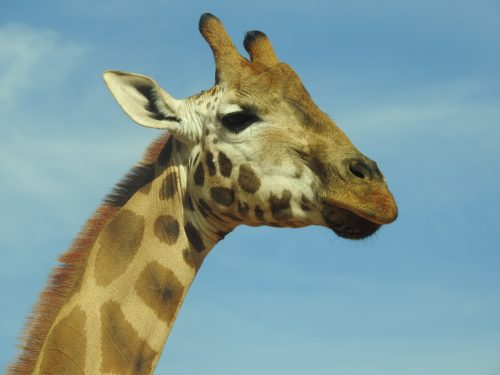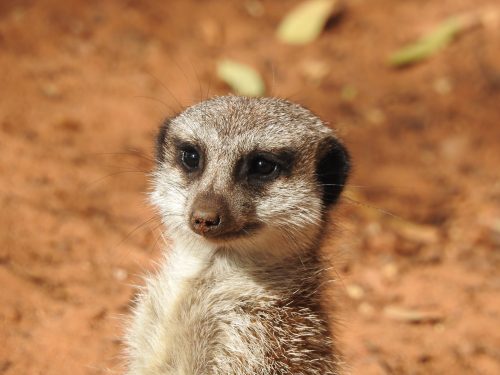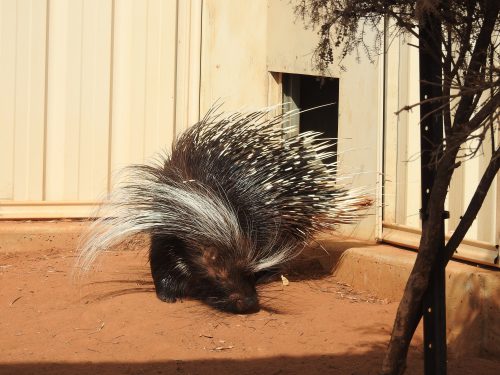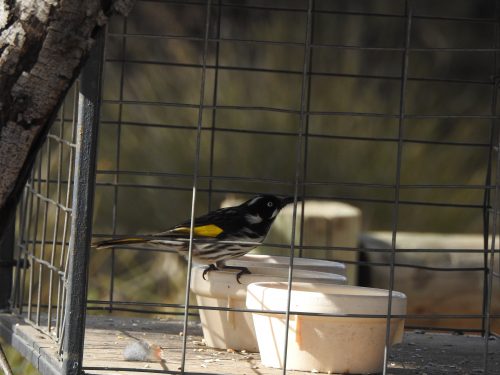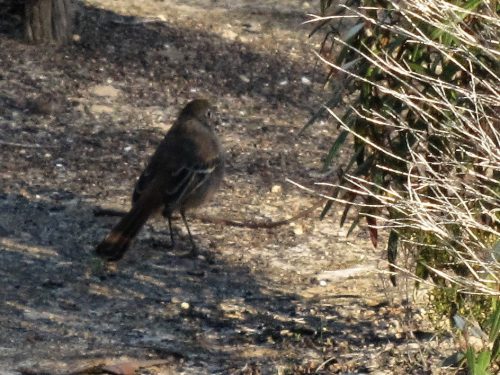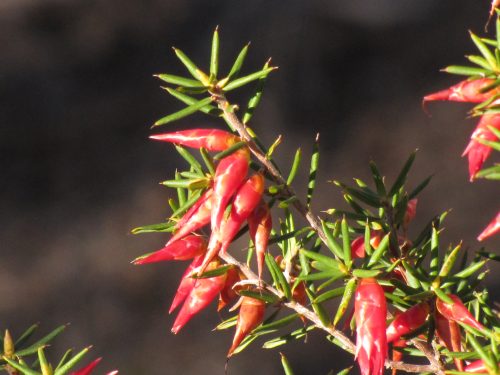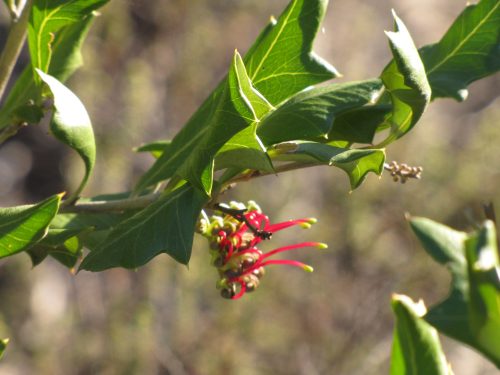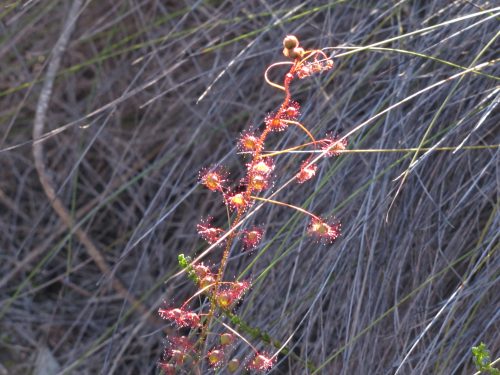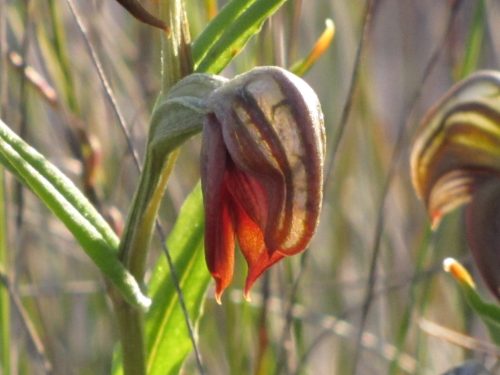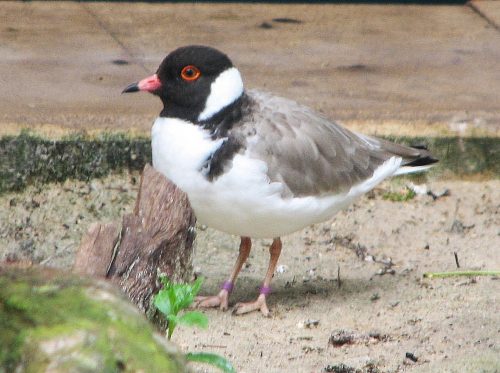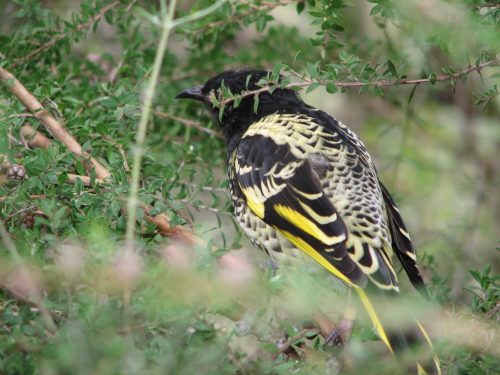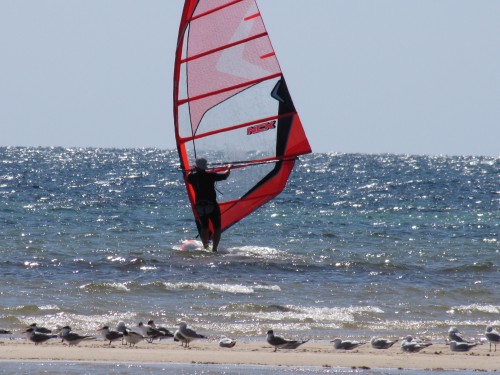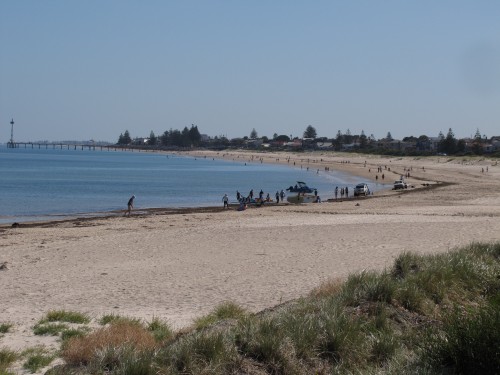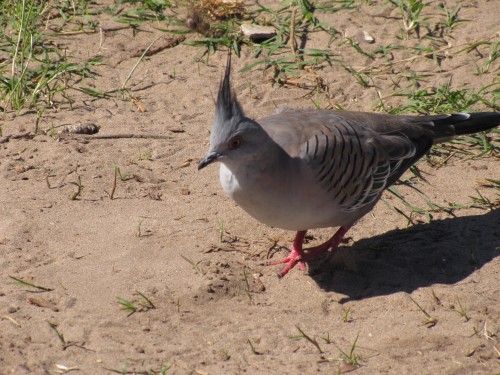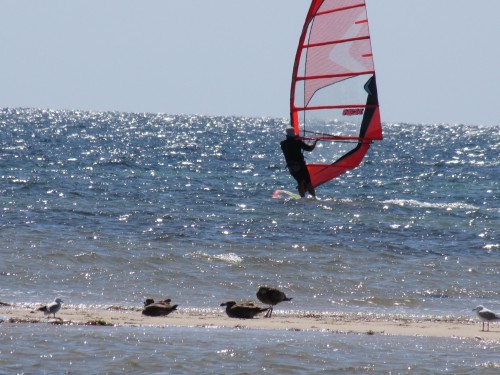Birding sites
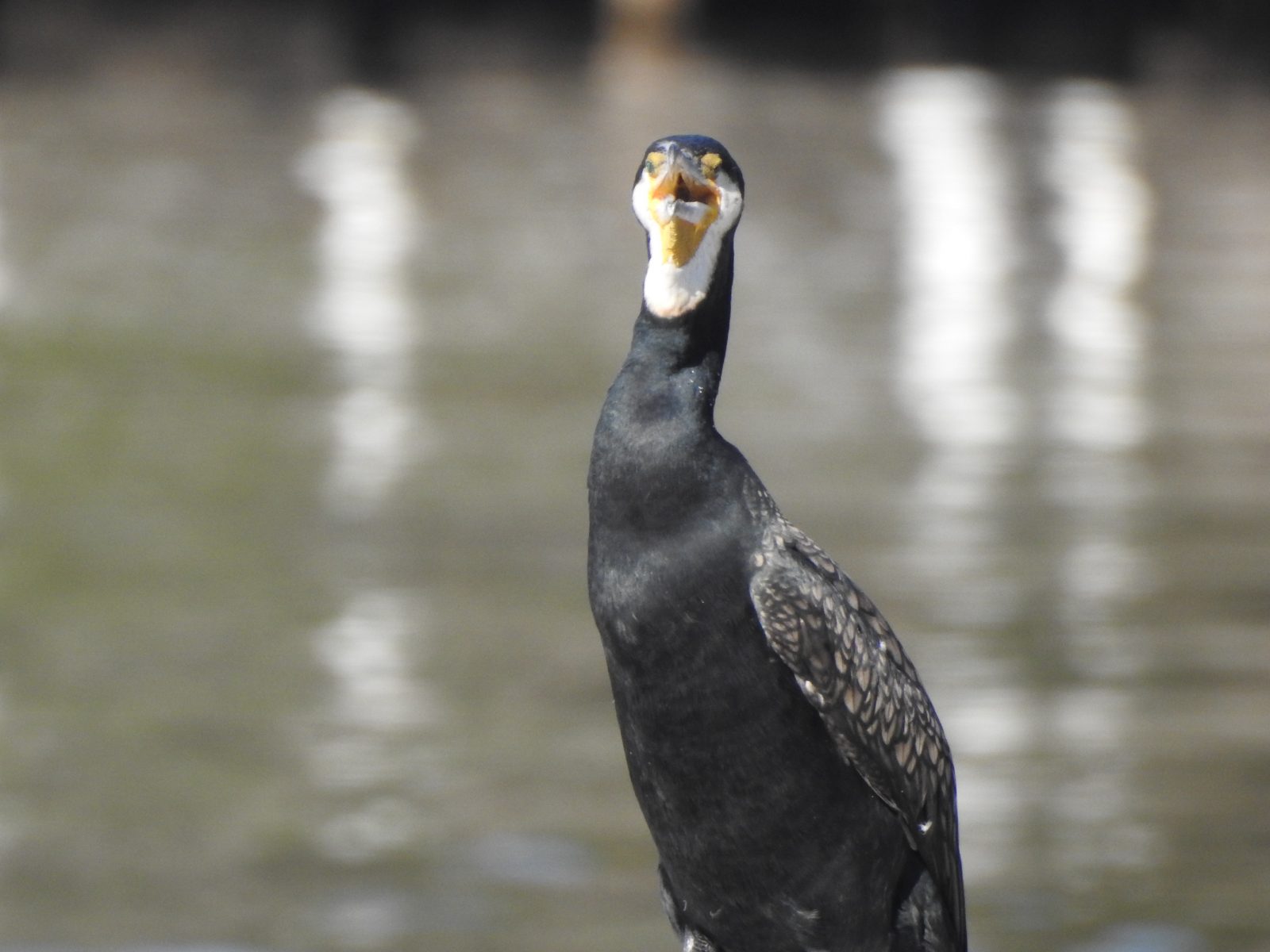
Wherever possible, I like to link to other sites which have birds and birding as their primary focus. In doing this, I hope that I am helping my readers to discover new sites. A selection of these sites is listed in the Links section (click on the link above the heading of this post or click here).
It has been many years since I developed the Links Page here on my site. I am very aware that the page needs a thorough review and overhaul. Some of the sites no longer exist, or the links are broken. In some instances, the owner of the site may have changed direction completely.
I have recently become aware of a new listing of existing blogs or websites with a focus on Australian birds (plus a few other sites as well). Bad Birding is a site run and written by a Canadian couple, Jason and Emily, who are focussed on building up their world list of birds in the coming years. They aim to see and photograph 5000 different bird species – that is about half the world’s bird species. Their current list stands at 447 species, so you could say that they have an ambitious goal. They have already spent a lot of time birding in Australia, so they are well on their way.
Good on them, I say. Go for it.
If I was 50 years younger I would attempt to do something similar – until my money ran out, that is.
Links page: Bad Birding Links Page – listing lots of birding sites.
Good birding,
Trevor
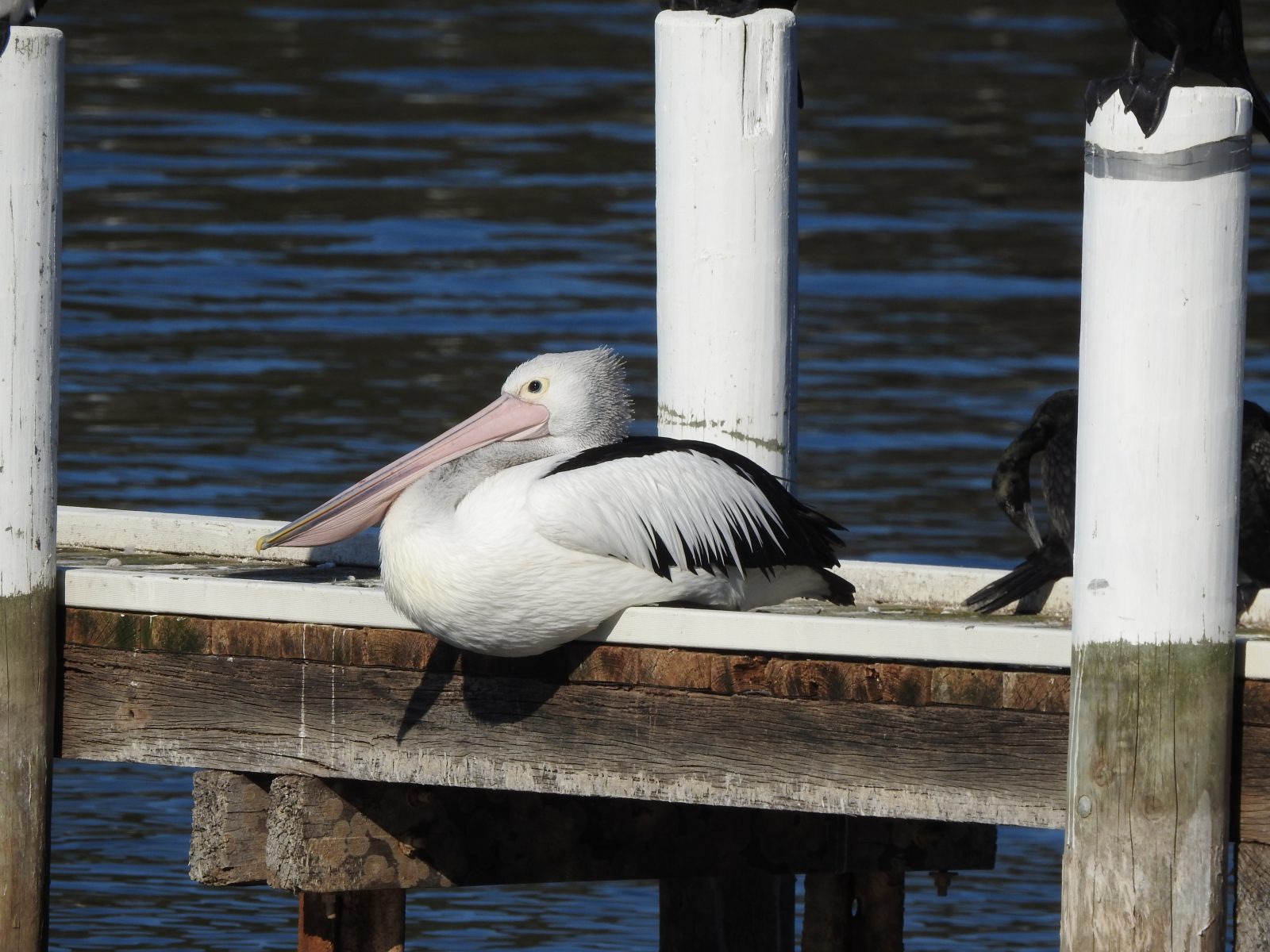
Birds and animals of Monarto Zoo
Recently my friend Keith took me to Monarto Zoo. This open range zoo is about an hour’s drive south-east of Adelaide, South Australia and about ten minutes drive from my home. Over the years I have lived nearby I have been many times to this zoo which is a part of the larger Adelaide Zoo. My friend Keith is a volunteer guide at the zoo, so it was a different experience having my own personal guide for the day.
On arriving at the zoo we had a look at the Meerkats and African Crested Porcupine displays near to the visitor centre. I love the Meerkats because they frequently pose so nicely for photos. In reality, they are just acting naturally, usually one or more are sentries keeping their eyes on the lookout for any danger. Some of our larger raptors such as the various hawks and eagles found in this area would happily swoop down to catch a meal.
I was also delighted to get a good photo of the African Crested Porcupine. I hadn’t realised that the two porcupines on display were present in the zoo. They are a fairly recent addition to the collection and it has been a while since my last visit.
After a short wait, we caught the first bus tour of the zoo. There are two main ways of seeing the zoo; most people take a bus tour but quite a few alight from the bus at various points during the tour to walk to see various exhibits, or to walk the good walking trails throughout the zoo property. We chose to do part of the tour and then get off and walk one of the tracks leading back to the visitor centre where we had a delicious lunch. (I can recommend the salt and pepper squid – but there are many more items on the menu.)
Next to the Meerkat enclosure and near to the bus stop the keepers have several bird feeders. A quick snap of the New Holland Honeyeater (photo above) was all I could get before the bus arrived. It might be a good idea to spend some time here within camera range in order to get a variety of species visiting the feeders. Just as I was getting on the bus a small flock of about six or seven Weebills were busily feeding in a mallee tree; they were moving too quickly for a photo and were partly hidden by the foliage.
During the bus tour, I saw Australian Magpies feeding on the ground in the American Bison enclosure as well as a few Little Ravens. In the Giraffe enclosure, there were more magpies and several Masked Lapwings. Part of the way around the bus trip we got off the bus and then walked along the Ridge Track, one of the walking tracks through the zoo. This track took us close to the Black Rhino enclosure where I managed a few photos of a leucistic (white) Australian Magpie. I will write about that in another post.
As we approached the Chimpanzee complex I kept a good lookout for Superb Fairy-wrens which I had seen in the bushland nearby on a previous visit. Alas – no wrens today. After a lovely lunch from the zoo restaurant, we went on another walking trail. This was the Mallee Fowl Track and it takes walkers past a large aviary which has two captive Mallee Fowl in it. This part of South Australia still has a small population of this endangered bird and I have seen a few birds just south of the zoo. I also know of several nests in the region but I am not sure if they are still being used. Near the aviary, I tried to get photos of a male and female Red-capped Robin, but they were not cooperating. I guess that means a return visit soon.
Good birding,
Trevor
Further reading:
A visit to Monarto Conservation Park
A few months ago my wife and I paid a visit to the Monarto Conservation Park in South Australia. This park is south-east of Adelaide and south-west of Murray Bridge where we live. It is about a twenty-minute drive from home. The park is mainly mallee scrub but it contains a good range of small and medium-size native wildflowers, some of which I have shown in the photos below.
On the day we visited, I did not see or hear all that many birds. This is not unusual; some days are like that and very few are seen, while other days you don’t know where to look first – there are so many birds to watch. On this occasion, the only bird I managed a reasonable photo of is the Southern Scrub-robin shown in the photo above. I have found this species to be a somewhat shy bird that skulks in the undergrowth. I followed this individual for about five minutes before it disappeared from view. I could hear it – and others – calling from time to time, but none of them came out in the open to enable a better shot.
This park boasts a wide range of native Australian wildflowers. There always seems to be something flowering, so honeyeaters are common in the park. One can also expect to see, or hear, both types of Pardalote, several species of pigeons, parrots and lorikeets, as well as the elusive Shy Heathwren. Fairy-wrens are also common in the park, as are several species of birds of prey, usually seen soaring overhead. You can also see Australian Magpies, Grey Currawongs, Little Ravens, Grey Butcherbirds and several kinds of swallows.
Access to the park is via Ferries-McDonald Road, a sealed road off the South-eastern Freeway. There is a carpark on the right as you travel south. There are no facilities in or roads through the park, but there is a well-defined walking track starting at the carpark. This is an easy 45-minute walk through a variety of habitats in the north-eastern corner of the park. All of the photos featured today were taken along this walking track in early July of 2017.
Learn more about Australian Birds
I have been a member of Birdlife Australia for many decades.
I joined during the first Atlas of Australian Birds was compiled in the late 1970s and early 1980s. I contributed many hundreds of bird records to this atlas. Some years later I added many hundreds of sightings during the follow-up for the New Atlas of Australian Birds between 1998 and 2002. I continue to contribute bird sightings via their database on their website, Birdata.
There are many benefits to becoming a member, including subscription to a colourful and informative quarterly magazine. I love reading this journal every time it arrives in the mail. Membership also includes discounts on certain products and involvement in some of their projects.
One of the ongoing projects involves the Threatened Bird Network. Participants can get involved in many ways, and this can not only help you to get to know our birds better, it helps the bird species which need our help. To find out the type of projects that you can get involved with, check out their newsletters which can be downloaded to read. They also have pages dedicated to our threatened bird species. If you do not have the time, or are not able to help physically, you can always donate towards the conservation of our wonderful birds.
Information sheets
One feature of their website which is easily overlooked is the list of Information Sheets. This can be found near the bottom of each page. Several sheets are available to be downloaded as PDF files. They include:
- help in choosing binoculars
- attracting birds to your garden
- bird watching for beginners
Birding at Brighton Beach
A few weeks ago my wife was attending a convention in the southern parts of Adelaide in South Australia. This is an annual event and we usually go with several other couples, staying in our caravans. Previously this convention was always held in Victor Harbor on the south coast. This year the venue changed to a suburb in Adelaide, so we changed our destination for the weekend to the Brighton Caravan Park. We had never been there before and we were very pleasantly surprised. A nice clean park with new facilities and many new cabins. The van site we had included a cement slab. Our van was a mere twenty steps from the toilets and showers.
Always on these special weekends, I look forward to doing some birding. This can take place at any time during the day while the men are lounging around, eating and drinking tea or coffee, nibbling on biscuits and solving the world’s problems. Well… having an opiinion on world matters.
My plans briefly went astray from the first minute after we had pulled up at the entrance. When I entered the office to check in, the caravan park staff were in a mild state of panic. One of the employees had accidently run over an elderly lady staying in one of the park cabins. She had a cut under one eye from where she hit her face on her glasses, and she was quite shaken. As it turned out, her friend took her to a nearby hospital and I spoke to her the next day. She had recovered well from the experience, though she had a nasty looking black eye. The worker who had backed into her bought her some lovely flowers.
After this small amount of excitement, I checked in and then set up the caravan and annex ready for a few days of relaxation. On Saturday morning, the men in our group of friends sat at the edge of the park overlooking the beach. We were entertained by the local sailing club having a small regatta almost right in front of us. Most of the sailors were juniors and several boats tipped over as the sea breeze stiffened a little.
We enjoyed chatting, drinking our coffee while I did a little casual birding. There were plenty of Silver Gulls and Crested Terns flying past, along with occasional Pacific Gulls and Cormorants. Several Willie Wagtails flittered around on the lawn and nearby low bushes covering the low sand dunes. I could also hear Red Wattlebirds and Rainbow Lorikeets in nearby bushes. We were amused and entertained by the numerous Crested Pigeons feeding on the grass, chasing one another and displaying their feathers.
I will write more about this visit in my next post in a few days’ time.
Good birding.
Trevor.
